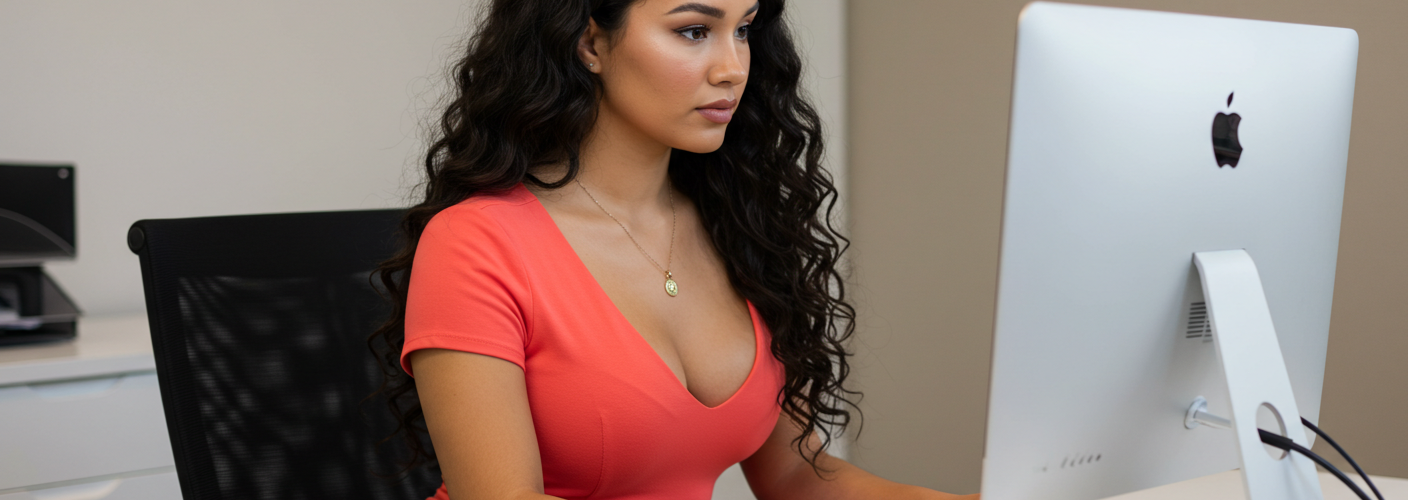In the ever-evolving world of operating systems, user experience remains at the forefront of development priorities. While each update seems to bring a slew of new features, one persistent request from many users has been the addition of a light/dark mode toggle in the quick settings menu. With thousands of updates rolled out, the question looms: why has this feature been overlooked?
For any regular user, switching between light and dark modes has become more than just a visual preference; it’s an essential element for comfort and usability. The growing awareness of eye strain due to long hours in front of screens has pushed dark mode to the forefront of user needs. Windows 10 recognized this and integrated a light/dark toggle option, allowing users to switch modes effortlessly. This not only catered to aesthetic preferences but also provided health-related benefits by reducing glare and fatigue.
Despite the popularity of dark mode across various platforms and applications, many users have been vocal about the absence of a dedicated toggle in the quick menu of newer operating systems. The quick menu, designed for ease of access and efficiency, would be the perfect space for users to adjust this setting on the fly without diving into the depths of the settings app.
The frustration surrounding this missing feature is palpable. Users often feel as if they are stuck in a never-ending cycle of updates with little progression in areas that matter most to them. The contrast is stark when comparing the complexity of new features—such as virtual desktops and new widgets—to the simple but impactful need for a straightforward light/dark toggle.
So, what could the hold-up be? Some speculate that integrating such a feature could pose challenges regarding design and user interface consistency. Each operating system has its own unique aesthetic, and a toggle might clash with the established visual norms. Others believe that development resources are being allocated to other high-profile features that may draw in more attention or market appeal rather than focusing on a request viewed as minor by some.
However, many users firmly believe that the ability to tailor one’s interface in something as fundamental as light and dark mode should be prioritized. Having easy access to this option can significantly enhance user experience, allowing users to adapt their environments to their varying needs throughout the day.
Until a solution is provided, users can explore alternative methods to toggle between light and dark modes. Third-party applications and software may offer workarounds, albeit with limitations. Another option includes utilizing shortcuts or keyboard commands to access settings more quickly.
The push for a light/dark mode toggle in the quick menu is not just about aesthetics; it reflects a larger trend of demanding more personalized and user-friendly environments. As technology continues to advance, the demand for customization and comfort will undoubtedly shape future update priorities.
Ultimately, as developers listen to the feedback from their users, it remains to be seen whether this seemingly simple feature will finally be incorporated into the quick menu. In an age where user experience reigns supreme, one can only hope that the requests for practical features are met with greater agility. For now, the wait continues as we navigate the ongoing quest for this vital toggle.





Add comment